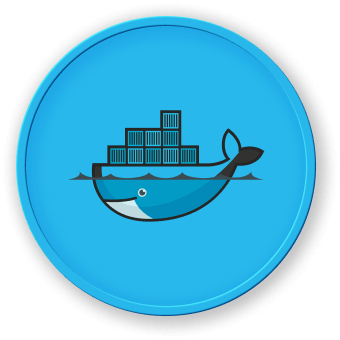Introduction to Docker and IntelliJ IDEA
What is Docker?
Docker is an open-source platform that allows developers to build, deploy, and run applications in containerized environments. Containers are lightweight, standalone, and executable software packages that include everything needed to run an application, including the code, runtime, system tools, and libraries. Docker simplifies the process of creating, deploying, and managing applications by providing a consistent and reliable way to package and distribute software.
What is IntelliJ IDEA?
IntelliJ IDEA is a popular Integrated Development Environment (IDE) used by millions of developers worldwide. It provides a comprehensive set of tools and features to streamline the software development process, including code editing, debugging, testing, and deployment. IntelliJ IDEA is particularly well-suited for Java development, but it also supports a wide range of other programming languages and frameworks.
Integrating Docker with IntelliJ IDEA
Integrating Docker with IntelliJ IDEA allows developers to seamlessly build, test, and deploy Docker-based applications directly within the IDE. This integration provides several benefits, including:
- Streamlined Development Workflow: Developers can create, manage, and interact with Docker containers without leaving the IntelliJ IDEA environment, improving productivity and efficiency.
- Consistent Development Environment: Docker containers ensure that the development, testing, and production environments are consistent, reducing the risk of "works on my machine" issues.
- Improved Collaboration: Docker-based applications can be easily shared and reproduced, facilitating collaboration among team members.
- Simplified Deployment: IntelliJ IDEA's Docker integration simplifies the process of building and deploying Docker images, making it easier to move applications from development to production.
graph TD
A[Developer] --> B[IntelliJ IDEA]
B --> C[Docker]
C --> D[Application Container]
D --> E[Production Environment]
By integrating Docker with IntelliJ IDEA, developers can leverage the power of containerization to streamline the development, testing, and deployment of their applications, leading to improved productivity, reliability, and collaboration.




